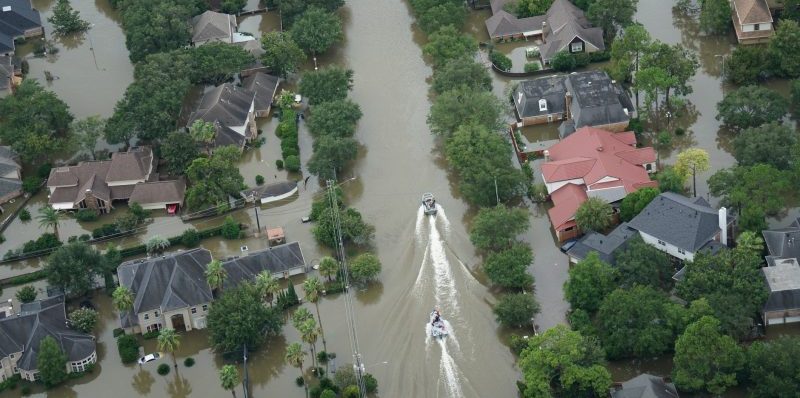This blog post is an excerpt from our recent report done in partnership with Esri, Resilient by Design Solving What Keeps Community Leaders Up at Night.
A geographic information system (GIS) is a critical part of building resilience. Resilience is the actions that state and local governments can take now to minimize the inevitable impact of shocks and stresses for the community and accelerate the response for when those stresses occur.
Below we expand on ways communities can use GIS to be resilient. Communities must use GIS to:
Serve as a System of Record for Analyzing Historic Patterns
The locations of some shocks aren’t always as finitely predictable, such as earthquakes, wildfires or tornados. However there are ways that GIS can still be used to plan for these events, such as plan fire lines or controlled burns. Using historic storm tracks and demographic information, GIS can also be used to identify where community storm shelters would be most useful.
Establish Broad Availability of GIS
When it comes to response and recovery, accessibility of GIS is critical to the planning process. Simple web apps that display damage assessment, search and rescue, and emergency facility monitoring, can be put right in the hands of experts in the field. That way, information can be immediately transmitted back to an emergency operations center, where incident command can stay informed and make quick, data-driven decisions.
Empower Community Leaders to Make More Data-Driven Decisions
Using GIS to inform and empower community leaders across fields is a critical aspect of resiliency planning. These leaders decide where and how to prioritize resilience efforts. So providing them with the web maps and apps that outline vulnerable areas, provide analysis or visualize design alternatives is critical to these conversations – and that’s what GIS delivers every day.
Create Genuine Citizen Engagement
Government leaders don’t work in a vacuum. GIS can help create genuine citizen engagement. As technology has changed, so have the expectations of the public. They expect to be able to communicate with others, including their government, on their own terms and timeline. Simply relying on traditional public notification is insufficient in today’s modern world. GIS can provide apps that allow the public to be informed about resiliency efforts, provide feedback through comments and even maps that go back to leadership to help the latter understand their concerns and priorities.
Carry Out Scenario Planning and Analysis
Finally, GIS can help us locate challenges and problems such as traffic congestion or blighted neighborhoods, as well as aid a community to play out different development and design scenarios to correct these issues. The fact is that stressors on a community are often tied together – few are independent of other forces. Fortunately, GIS can help understand how rectifying one stress can also alleviate other stresses. For example, many communities are seeing rapid growth in their downtown areas as younger citizens move in. A community could use GIS to visualize new affordable housing downtown, measure the number of new residences and employees for area businesses, predict the revenue impact for the neighborhood and analyze the impact this has in reducing traffic congestion.
To download the full report, head here.






Thanks for sharing Uyen! It’s amazing how humans continue to adapt to their environment – and its severe weather – with tools like GIS. Hopefully this helps many communities prepare for and overcome any natural disasters!